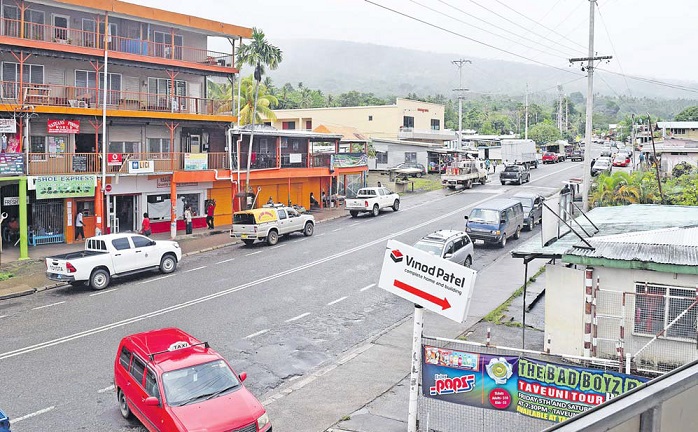More than 200 people had been affected with a type of influenza on Taveuni that triggered a health alert for the island population on December 1989.
This newspaper published an article on December 28 of that year highlighting influenza. Waiyevo Hospital had been treating patients for a week and several serious cases had been admitted.
The sub-divisional medical officer on the island then, Dr Apenisa Waqa Naceba, told The Fiji Times it was worrying that the sickness was prevalent among children below five.
“We had fears it was related to dengue because the symptoms were like dengue, but it has been established it is not so even though we have had a number of dengue cases,” he said.
Dr Naceba warned that if the disease was not treated early, it could develop into pneumonia.
“There are a few cases which had reached that stage which we had to admit. Other cases which we suspected serious were also admitted.”
Symptoms of influenza are headache, cold, body pains especially in the joints and muscle and coughs. The sickness was contagious and easily transmitted in crowded places like schools. Dr Naceba said humidity and the sudden weather changes could have caused the outbreak. The previous week, the hospital recorded 60 cases of influenza.
“We are concerned it has increased to over 200. It is spreading fast.”
He said in minor cases, aspirins and panadol were given to patients. “But in serious cases we have to give concentrated antibiotics and penicillin injections.”
Dr Naceba said it was fortunate infected infants were isolated cases.
“In infant cases it was mainly common cold, but mothers should take extra precaution to safeguard their babies from contracting the sickness.
“The ailment cannot be eradicated. It is here to stay, but it must be controlled and this can only be achieved through clean living.”
Meanwhile Dr Naceba said an anti-dengue campaign was being concentrated on Somosomo and Naqara settlements where there were large numbers of infected people.
Health inspectors then carried out another round of spraying as soon as chemicals arrived from Suva.



